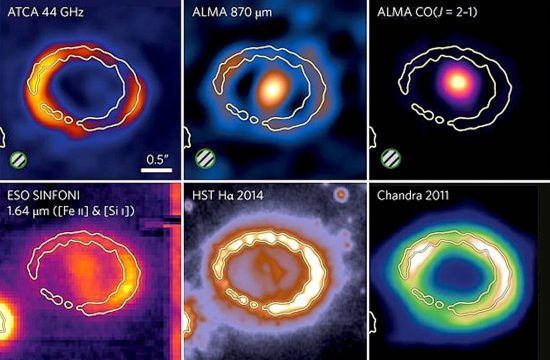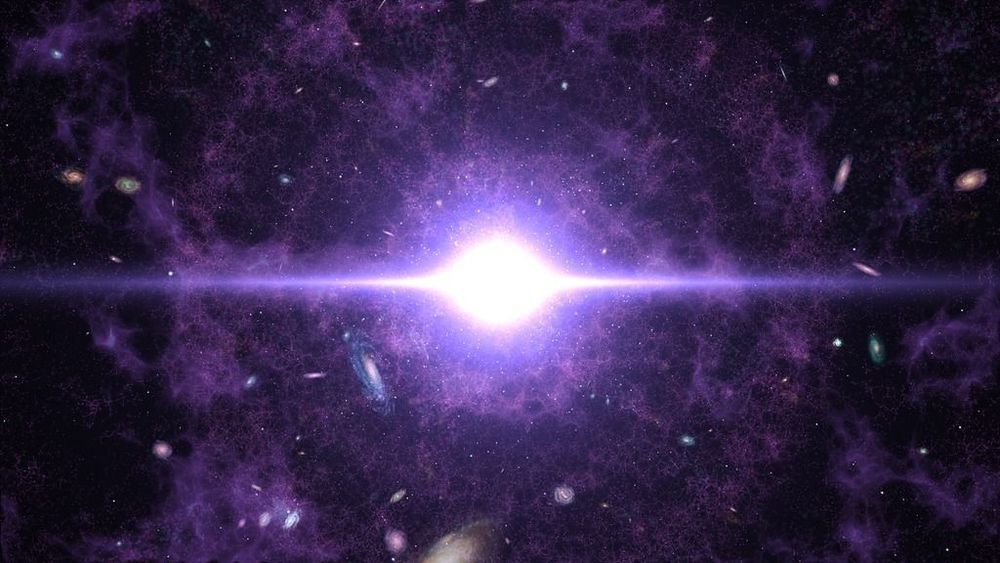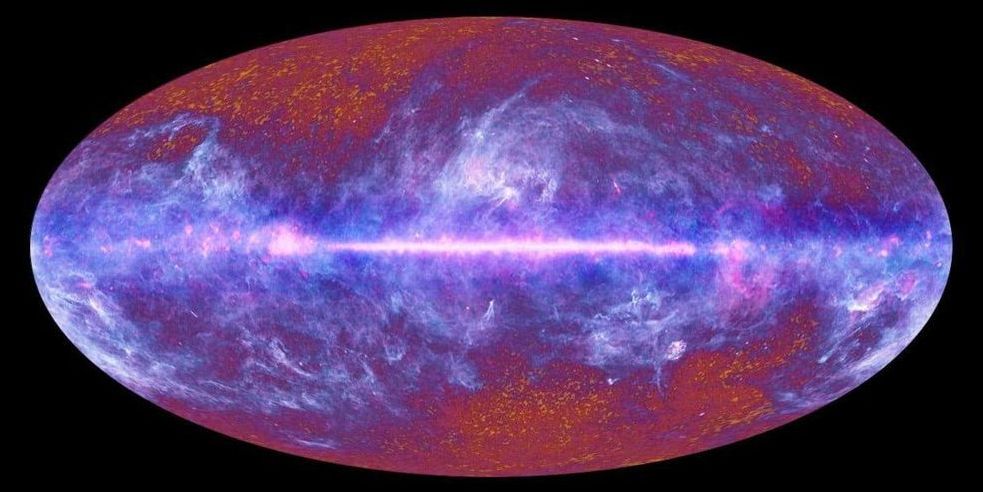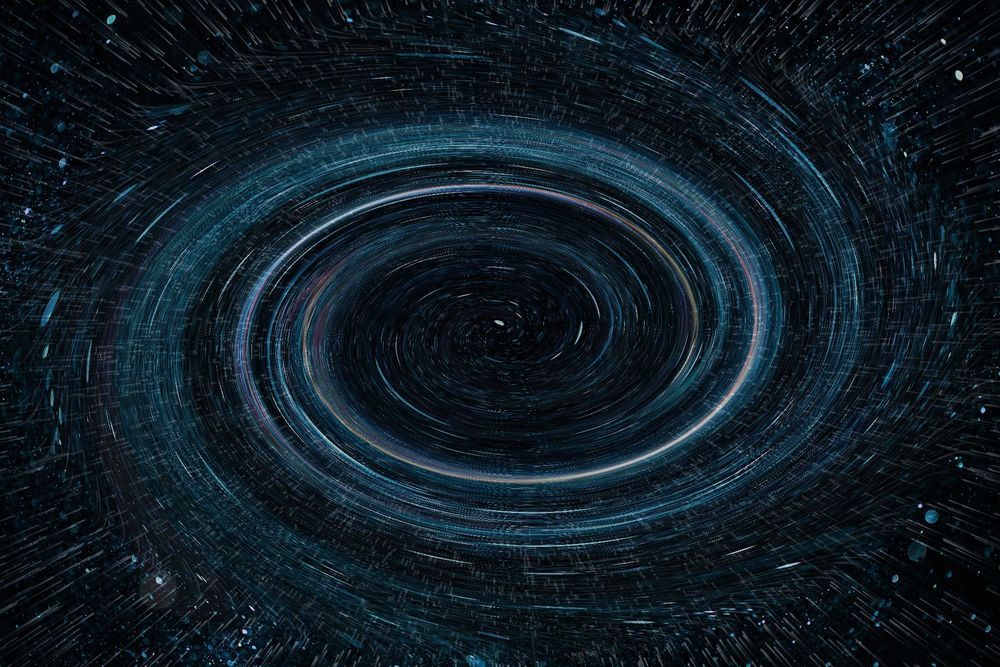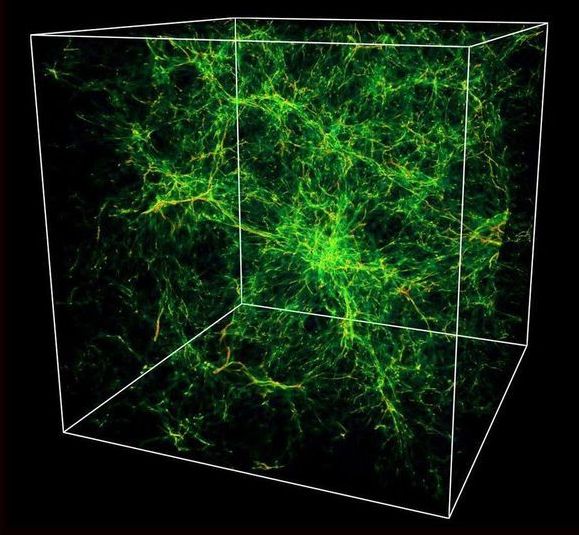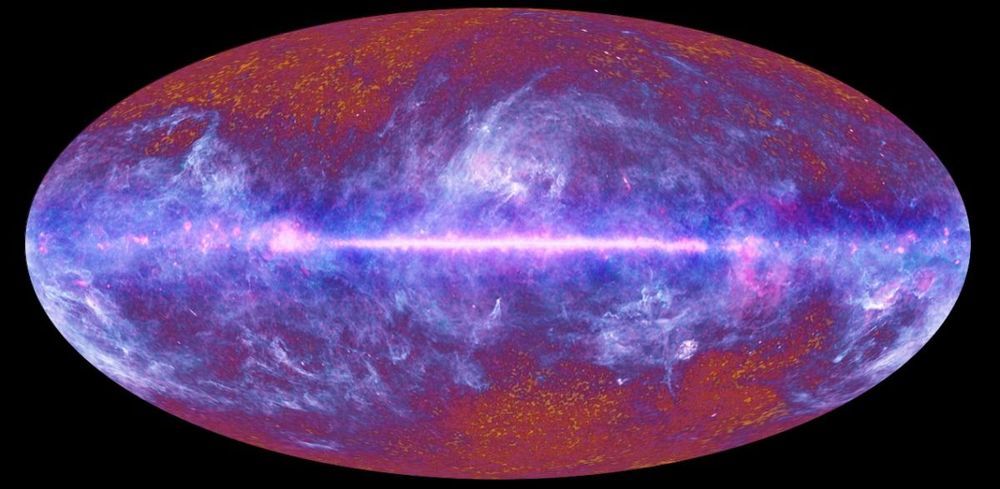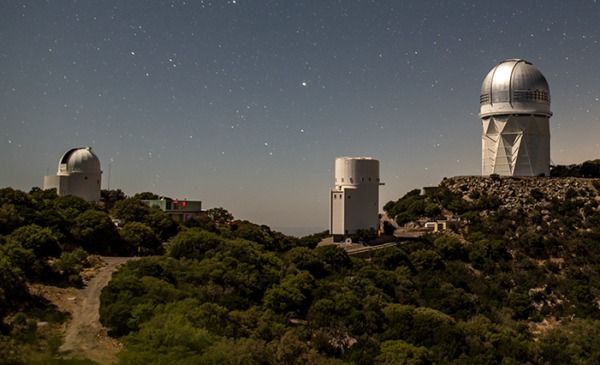
Wielding state-of-the-art technologies and techniques, a team of Clemson University astrophysicists has added a novel approach to quantifying one of the most fundamental laws of the universe.
In a paper published Friday, Nov. 8, in The Astrophysical Journal, Clemson scientists Marco Ajello, Abhishek Desai, Lea Marcotulli and Dieter Hartmann have collaborated with six other scientists around the world to devise a new measurement of the Hubble Constant, the unit of measure used to describe the rate of expansion of the universe.
“Cosmology is about understanding the evolution of our universe—how it evolved in the past, what it is doing now and what will happen in the future,” said Ajello, an associate professor in the College of Science’s department of physics and astronomy. “Our knowledge rests on a number of parameters—including the Hubble Constant—that we strive to measure as precisely as possible. In this paper, our team analyzed data obtained from both orbiting and ground-based telescopes to come up with one of the newest measurements yet of how quickly the universe is expanding.”
